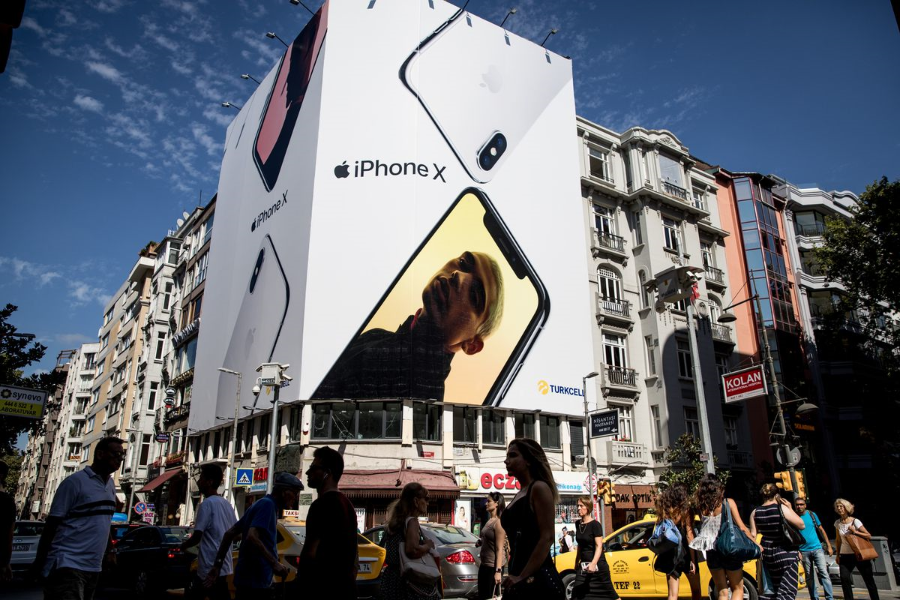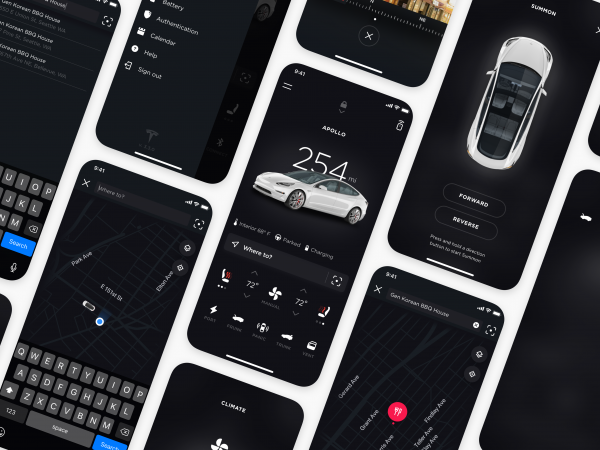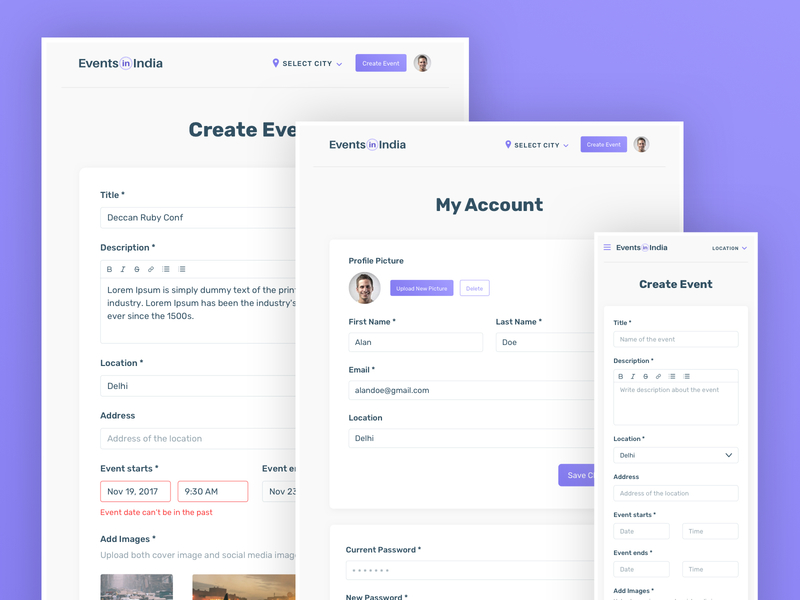Buyers love beautiful and user-friendly products. Unlike the global success of companies such as Apple, Bang & Olufsen or Audi can hardly be explained. These corporations have consistently aligned their innovation process with their product design. But how do you implement this in your business? Let us discuss it with you in detail.
Apple, Audi, Puma or even the vacuum cleaner manufacturer Dyson go their own way – and have great success with it. They neither consistently maximizes customer value nor are they technically leading. For example, most of Apple’s hardware and software already existed before and came from competitors or suppliers.
The true reason for the success of Apple and Co. is an extremely consistent design orientation or a design-driven innovation process. It is more than just functional, aesthetically pleasing and sensible design of products. The management of these companies makes design an integral part of the corporate culture, considers it an important core competency and aligns its strategy accordingly.
The design orientation of these companies has many facets. It manifests itself in values, norms, and behavior. Their goal is product design and innovations that convince in their form and function and thus delight their users or even enchant them.
Product Design To Product Success
To better understand how to use design to make your business stand out in today’s market. Let us discuss five important dimensions of design orientation:
1. Strategy – Product Design as a clear competitive advantage:
If the top managers give the design the necessary strategic importance in the company, then they have to regard it as a success factor, competitive advantage, and a unique selling point. The design of an Audi, for example, determines the purchase decision by about 60 percent. Leaders must also discuss the allocation of resources and priorities.
For example, the BMW Board of Management has declared product design as one of the most important fields of the future and has thus moved it into the center of its innovation strategy. Accordingly, designers need a place in top management and have to take responsibility for the company’s success and the efficient course of innovation processes.
2. Aesthetics – Much more than just cosmetics:
Those responsible should sensitize the entire company in terms of aesthetics and establish a certain design aspiration. Management must integrate all aspects of aesthetics into its organizational structures and daily actions. In this context, aesthetics is not only to be understood as a decision criterion for the purchase. It goes far beyond the good looks and deals with the shape, smell, taste, and feel of the entire range of services.
These include, for example, the engine noise of a Harley-Davidson, the appealing vanilla scent of candles or the use of sophisticated textures and surface designs such as the razors of Gillette. The design department suddenly has the task, in addition to the creative activity.
3. Futurism – Do not search but hunt:
The design is required to detect the latest trends and pursue them purposefully; after all, these can lead to sustainable competitive advantages. This claim is necessary to constantly improve product design and services, knowing that stoppage could mean the death of the company.
Futurism, however, does not mean progress at any price or ever-more-and-ever-faster-being. Rather, the temporary is accepted as competence and accepted that there is no perfect product due to the rapid changes in the environment in the long run. Existing solutions, therefore, be constantly aligned to the future needs of the users.
4. Lateral thinking – Think outside the box:
Thinking out of the box, using analogies and elements from other industries as a basis for inspiration is a widely accepted approach to identifying the new customer, product and technology trends.
To open this way of thinking, it makes sense to use all the methods and tools that are currently being discussed under the slogans Open Innovation, and Crowd Sourcing and Innovation 2.0. Well, the product design is a connecting element here.
5. User-Centered Design – The Knowledge of the 1000 Tinkerers:
How a customer experiences the use of a product. Whether he understands it intuitively, is of great importance today. Products of design-oriented companies should meet the requirements and expectations better than others. They should provide added value and increased benefits for consumers and users.
Whether ergonomics, operating concepts, functions and transported brand image – they have to appeal to the customer and inspire them to achieve the good premium prices.
In the future, from the perspective of this fifth dimension, the design will primarily act as a mediator and translator between customer and company. Specifically, this means that designers develop the products in an open process directly and without detours together with qualified users.
Presumably, the design orientation will increasingly prevail in any top business. Many leading companies are already deliberately striving to make design a core competence.
The design is one of those aspects that have a big impact on profit and promotion of any running business. Moreover, it is a double benefit, because the real design is not only a pleasant shell and a stylish appearance but also functionality.
So, what do you think of these approaches? Which of these are already taken into account in your business?
It doesn’t make a difference whether you are running a technology-based company or going to start any other business. All these prescribed practices in designing will allow you to win audience and make you stand out from your competitors.
If you have any question or want us to help you strategize your product design, feel free to contact us anytime. We would be more than happy to help you!



